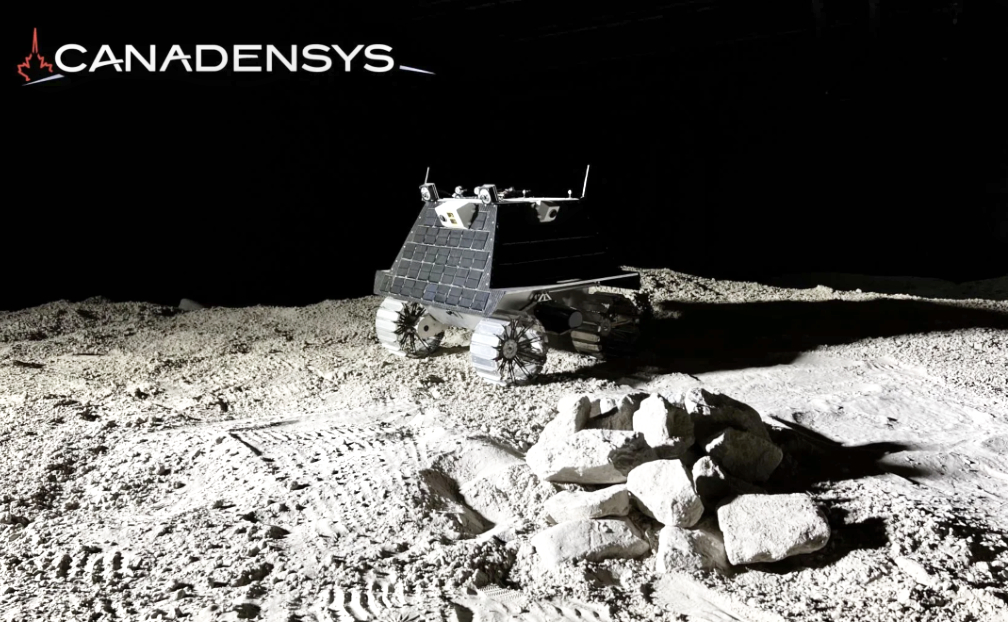
The Honorable François-Philippe Champagne, the Canadian Minister of Innovation, Science and Industry, announced a $43 million contract to Canadensys Aerospace Corporation (Canadensys) and the firm’s industrial and academic partners to build the first Canadian lunar rover.

Thanks to a close and ongoing collaboration between the Canadian Space Agency (CSA) and NASA, the Canadian lunar rover will fly as part of NASA’s Commercial Lunar Payload Services initiative and would land in the south polar region of the Moon as early as 2026.

For the first time in history, a Canadian rover will be sent to the Moon and will help in the international search for water ice in the lunar soil, a key component for the future of human space exploration. This rover is the outcome of decades of building and refining Canadian expertise in rover technology. It will inspire an entire generation to set their sights on distant destinations in the solar system, such as Mars.
The rover will carry six scientific payloads (five Canadian and one American) and will perform meaningful science and demonstrate key technologies that will lay an important foundation for subsequent Canadian lunar exploration. With this contract, Canadensys will continue to innovate in areas of technological strengths for Canada, like robotics, advanced vision systems and science instruments.
The rover will have the ability to drive and operate through lunar polar regions that never receive direct sunlight. It is designed to survive the long lunar nights, during which the temperature can drop to less than ‑200 °C.
The CSA’s Lunar Exploration Accelerator Program (LEAP) was created to provide a wide range of opportunities for Canadian science and technology activities in lunar orbit, on the Moon’s surface, and beyond. LEAP is providing $150 million to help firms develop and demonstrate space technologies that will create new commercial opportunities in Canada.
Canada’s expertise in rovers has grown to include collaboration with more than 40 Canadian companies and universities, which have collectively built the fleet of terrestrial rover prototypes and extensively tested them under various conditions, including mission simulations.
“Designing a rover that can withstand the harsh lunar environment is extremely complex, but today is proof that Canada’s space industry thrives on challenges and is ready to exceed expectations. This would not have been possible without Canadian ambition, skills and our talented workers. With this exciting mission ahead, Canadensys and its partners are strengthening Canada’s reputation as a world leader in the space industry,” said Mr. Champagne.
